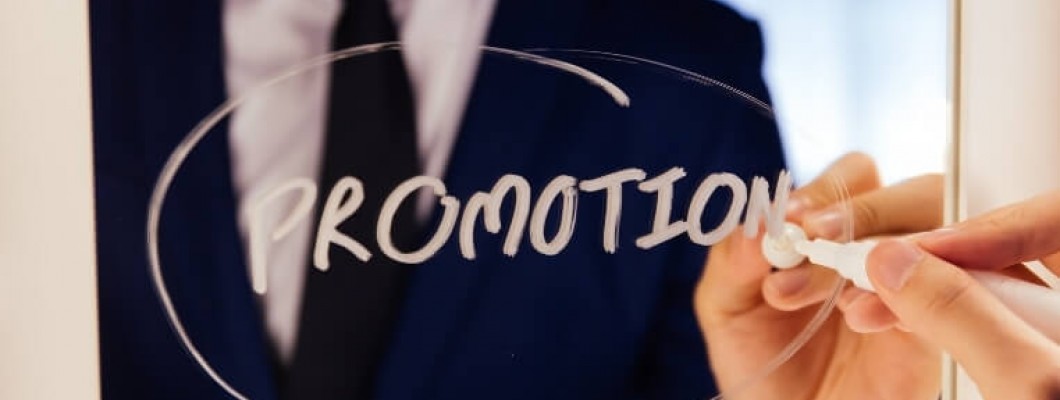
Tutundurma

Tutundurmanın Önemi
- Üreticilerle tüketiciler arasındaki fiziksel mesafenin artışı
- Nüfus artışı sonucu tüketici sayısının fazlalaşması
- Gelir artışı sebebiyle pazarların büyümesi
- İkâme malların çoğalması sebebiyle rekabetin artması
- Aracı kurumların artmasıyla dağıtım kanallarının çoğalması
- Gelir artışıyla, tüketici ihtiyaç ve isteklerinin farklılaşması; tüketicinin değişiklik, üstün kalite ve özellik araması
AIDA MODELİ
- Dikkat çekmek (attention)
- İlgi uyandırmak (interest)
- İstek uyandırmak (desire)
- Harekete (eyleme) geçirmek (action)
- Dikkat çekmek: Hangi ürün ya da hizmetlerin sunulduğunun tüketiciye duyurulması ve tüketicinin dikkatinin çekilmesi
- İlgi uyandırmak: Ürün ya da hizmetin varlığından zaten haberdar olan tüketicinin, ona ilgi göstermesinin sağlanması
- İstek uyandırmak: İlginin olumlu yöne çekilmesi için tüketicide ürün ya da hizmeti satın alma isteği oluşturulması
- Harekete geçirmek: Satın alma isteğinin satın alma hareketine (eylemine) dönüştürülmesi
Kişisel Satışın Özellikleri
- Kişisel karşılaşma gerçekleşir yani satış yapan kişiyle alıcı arasında doğrudan ve canlı ilişki kurulur.
- Dostluk ilişkileri geliştirme söz konusudur. Alıcıyla dostluk ilişkileri geliştirilir, böylece iki taraf arasında sürekli bir alım - satım ortamı oluşur.
- Dinleme ve yanıtlama zorunluluğu vardır, iletişim iki taraflıdır.
- Satıcı gerekli bilgileri toplar.
Reklam Nedir?
Reklam; ürün, hizmet ya da düşüncelerin, tanıtılması ve benimsetilmesi için ücret karşılığında, geniş kitleleri hedefleyerek, çeşitli mecralar aracılığıyla yapılan çalışmalardır.
Kurumsal Reklâm ve Marka Reklâmının Özellikleri
- Kişisel satışın aksine geniş kitlelerin hedeflenmesi söz konusudur.
- Tekrarlanabilir ve her yere yayılabilir.
- Anlamlı ve etkili şekilde sunulabilir. Ses, renk ve çeşitli sanatsal ögelerden faydalanılarak oldukça etkili biçimde sunulabilir.
- Doğrudan bireye yönelik değildir; kitleye yöneldiği için zorlayıcı olmaz, tek taraflı bir iletişimdir.
Halkla İlişkiler
Marka ve hedef kitlesi arasında olumlu ilişkiler geliştirilmesi ve mevcut ilişkilerin sürdürülmesi için yapılan faaliyetlerdir. Tanıtım da bunun bir bileşenidir ve genellikle ücret ödemeden iletişim araçlarında gerçekleştirilen ticari haber ve röportaj gibi tanıtıcı faaliyetlerdir.
Halkla ilişkilerin inandırıcılığı reklamlardan daha fazladır. Halkla ilişkiler faaliyetleriyle satışçılardan ve reklâmlardan hoşlanmayan potansiyel alıcılara da ulaşılabilir. Verilen mesajlar doğrudan satışa yönelik değil, daha ziyade haber niteliğindedir.
Satış Geliştirme (Satış Promosyonu)
Satış geliştirme; kişisel satış, reklam ve tanıtım faaliyetleri dışında, genellikle devamlılığı olmayan, fuarlara katılma, sergiler, teşhirler gibi satışı geliştirmeye yönelik faaliyetlerdir.
Satış Geliştirme Sınıflandırmaları
- Tüketiciye yönelik: Promosyon ürünü, kupon / ikramiye dağıtma, fuarlara katılma gibi
- Aracılara yönelik: Aracılar için ürün numunesi verme, karşılıksız mal verme, prim, ödeme kolaylığı, satış yarışmaları vb.
- Satışçılara yönelik: Prim, hediye çekleri, satış yarışmaları, motivasyon toplantıları gibi
Satış Geliştirmenin Özellikleri
- İlgi çekme ve etkililik: Satış geliştirme çoğu zaman hızlı sonuç verir.
- Uygulama ve denetleme kolaylığı: Kolay uygulandığı gibi etkileri de kolay ölçülebilir.
- Malın değerini küçültme: Fazla kullanıldığında, malın değeri ve fiyatın uygunluğuyla ilgili şüpheye sebep olur.
Doğrudan Pazarlama
Özel olarak seçilen bireysel tüketicilerle, hemen sonuç almak niyetiyle telefon, kısa mesaj, e-posta gibi yollarla doğrudan iletişim kurulmasıdır.
Doğrudan pazarlama;
- Genel veya herkese yönelik değildir. (belli bir kişi hedef alınır)
- Hız söz konusudur.
- Mesaj bireysel müşteriye yönelik olarak hazırlanır.
- İki taraflıdır. (satıcıyla alıcı arasında çift yönlü iletişim vardır)
Toplam Tutundurma Bütçesini Belirleme Yöntemleri
- Katlanılabilir miktar metodu
- Satış yüzdesi metodu
- Rakiplerin harcamalarını esas alma metodu
- Amaç ve görev (iş) metodu
Tutundurma Karması Strateji Alternatifleri
- İtme Stratejisi: Öncelikle aracıları hedef alır ve ürün ya da hizmetin dağıtım kanallarıyla son tüketiciye ulaştırılmasını amaçlar. Bu strateji; ağırlıklı olarak bireysel satış ve satış geliştirme faaliyetlerini (satış primleri, etkinlikler düzenleme vb.) içerir. Bu strateji endüstriyel ürün üreticileri için de, birçok tüketim malı üreticisi için de uygundur.
- Çekme Stratejisi: Üretici, doğrudan son tüketicilere yönelik faaliyette bulunur. Hedef kitleyi motive ederek, tüketicinin ürünü perakendeciden istemesini amaçlar.
Tutundurma Karmasının Seçimini Etkileyen Başlıca Etkenler
- Tutundurma bütçesi ve maliyetler
- Pazarın özellikleri
- Ürün ya da hizmetin özellikleri
- Mamulün günlük hayattaki önemi






Yorum Yapın